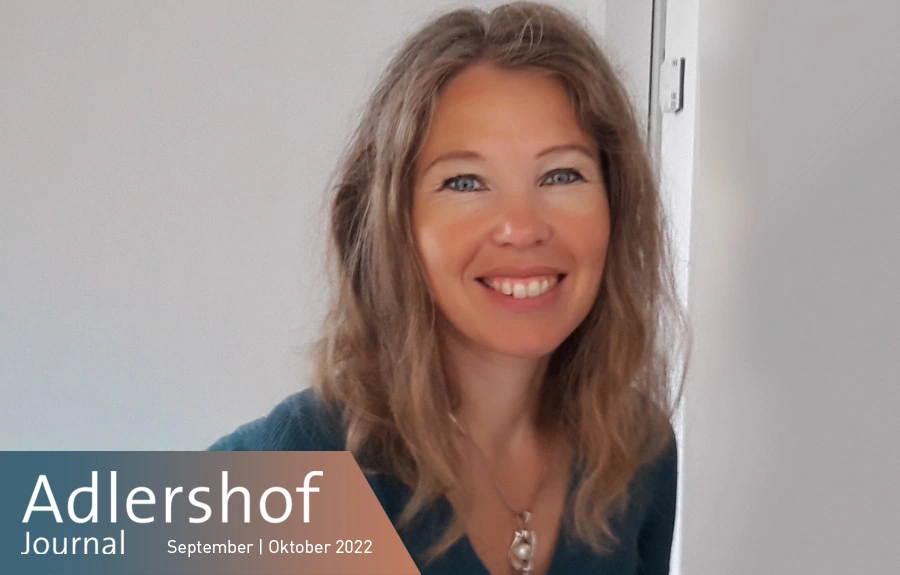The attosecond researcher
Olga Smirnova observes the ultra-fast movements of the smallest particles
At home in Moscow, it was her mother’s bookshelves that intrigued her. She secretly took out the books, assuming that her mother, a physicist, would find their content inappropriate for a 5-year-old and forbid her to do so if she asked. As a young child, she become acquainted with a mysterious world of wonder, the universe of atoms. The idea of tiniest particles shooting around equally tiny rooms would continue to fascinate her entire life.
Today, Olga Smirnova is head of a working group at Max Born Institute for Nonlinear Optics and Short Pulse Spectroscopy (MBI), which is examining methods for observing and imaging the movement of atoms at attosecond speeds. An attosecond roughly covers the period of a trillionth of a second. She moved from Moscow to Vienna, then to Ottawa and Adlershof, driven by her passion for science: “I was very lucky on my career path,” says Smirnova. “The goddess of physics has been kind to me.”
Smirnova was 18 when the Soviet Union collapsed in 1991. She remembers the expectations she had in Mikhail Gorbachev’s policy of reform: “We really, really hoped to soon live in a new Russia.” As a physics student, then at Moscow University, she already sensed that she would not have a future in Boris Jelzin’s Russia. To be sure, people finally experienced a hitherto unknown degree of personal freedom. But efficient research was unthinkable in the economic chaos of those years. This was but one of the reasons for Smirnova to head westwards. After the Jelzin era, the name of the other reason became Vladimir Putin: “Every thinking person knew: This was going to be a disaster.”
In 2003, it was the Technical University in Vienna that provided Smirnova with an opportunity to pursue her passion for tiny particles in very short time periods. Attosecond research had just sprung up around the turn of the millennium: “I was extremely lucky in that I was able to dive into this research field when I was super young.” In 2005, Smirnova moved on to Canada, where she got in contact with a fellow group of physicists with whom she “continues to work together today.” This was a “fantastic way to learn”. Even after four years, however, a longing for Europe lingered. Moreover, her “Russian sense” for impending disaster told her that Canada would soon lose interest in basic research. The former director of Max Born Institute, Wolfgang Sandner, paved her way to Adlershof.
By this time, Smirnova had become an internationally sought-after researcher in the world of attosecond experts. She now lives with her husband and son in Berlin, where she has been university chair for theoretical physics at Technical University Berlin since 2016. Her Russian group of friends includes artists, intellectuals, and other “independent thinkers”, whose company she enjoys. Despite having German citizenship, she sees Putin’s war as a personal catastrophe: “The pain and shame will not leave me for the rest of my life.”
Dr. Winfried Dolderer for Adlershof Journal
